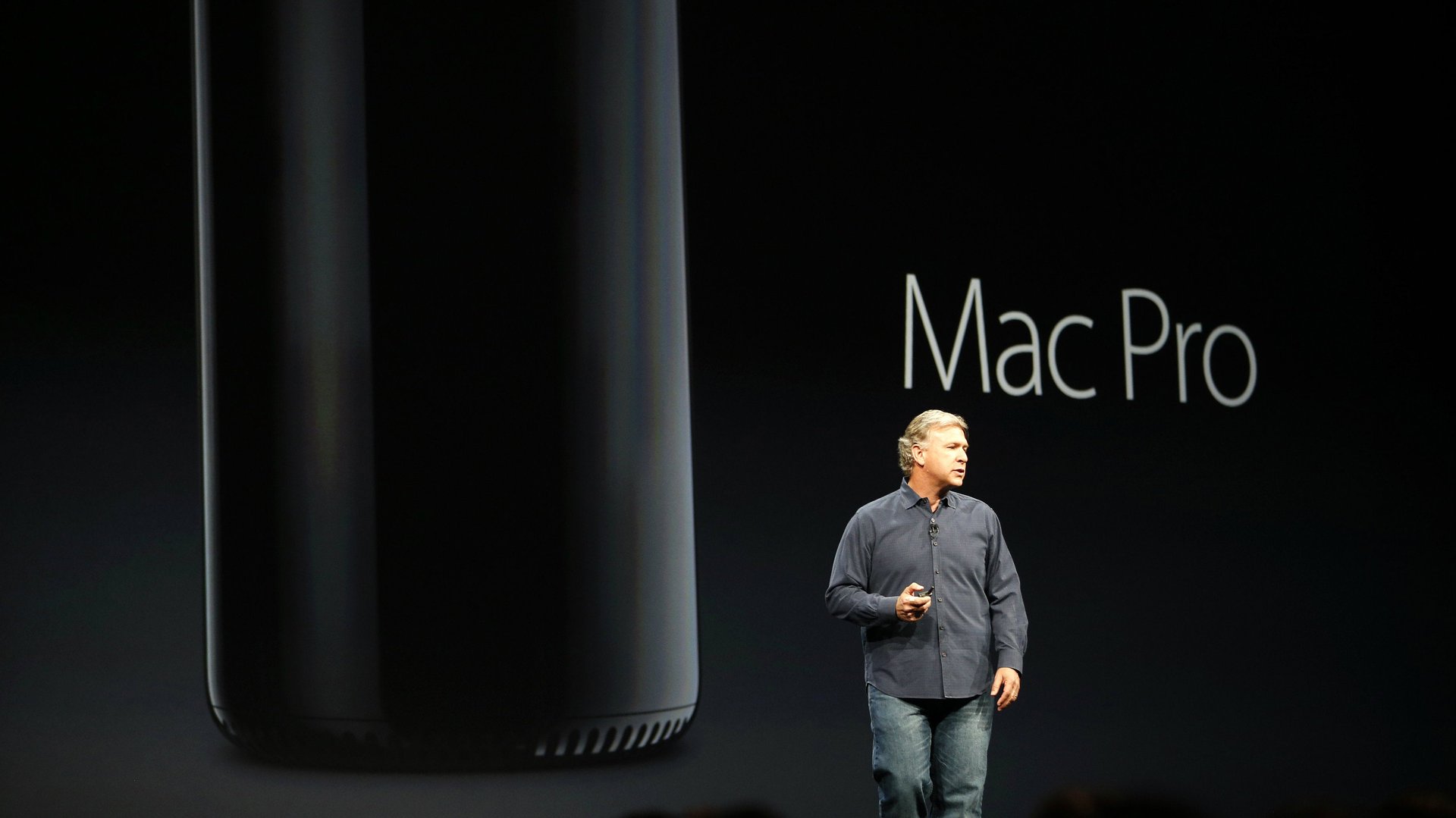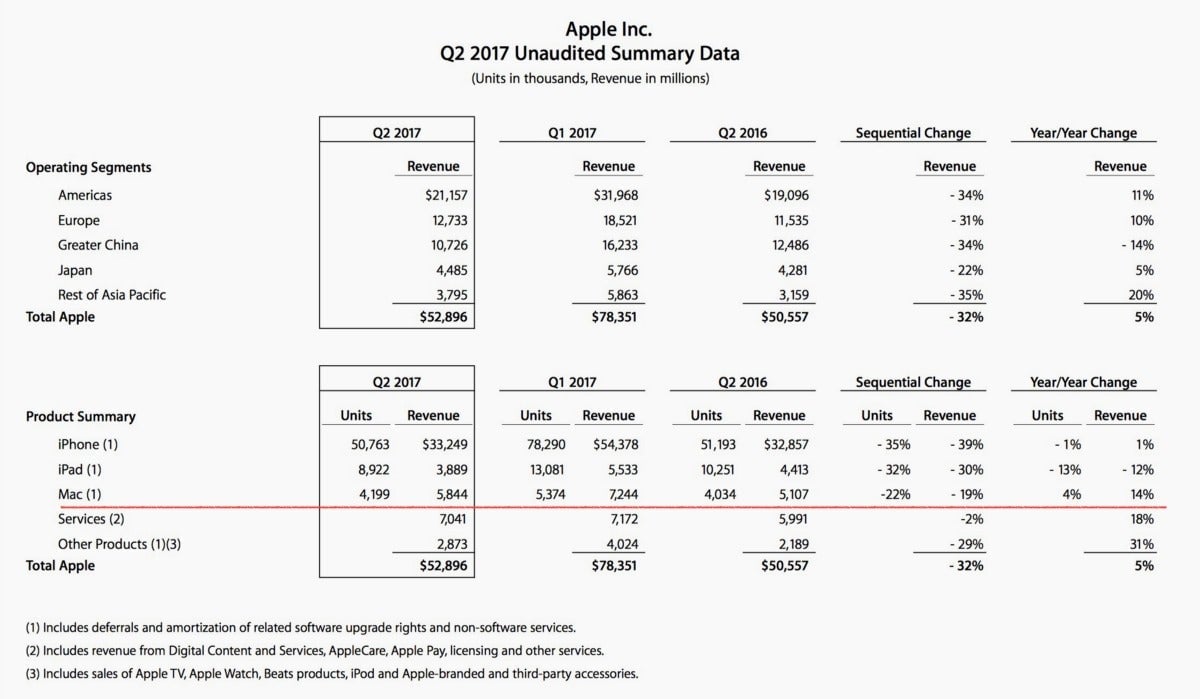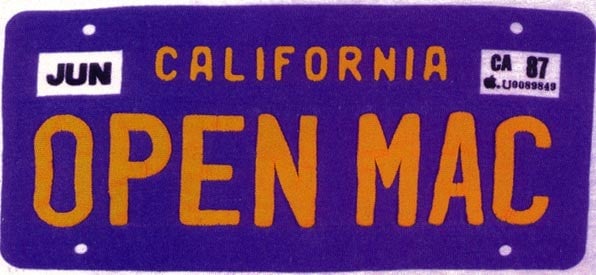The Mac Pro has failed, and we don’t know what Apple will try next
Apple execs have finally acknowledged their inexplicable failure to update the high-end Mac Pro. While there were plenty of apologies, there were too few details about how they plan to correct course.


Apple execs have finally acknowledged their inexplicable failure to update the high-end Mac Pro. While there were plenty of apologies, there were too few details about how they plan to correct course.
A month ago, on Apr. 4, Apple did something unusual.
Three senior execs sat down with five reliable (meaning no clickbait) bloggers to discuss the state of the Mac. On the Apple side are Phil Schiller (senior vice president of worldwide marketing), Craig Federighi (senior vice president of software), and John Ternus (vice president of hardware). The web writers are Ina Fried (Axios), John Gruber (Daring Fireball), John Paczkowski (BuzzFeed), Matthew Panzarino (Tech Crunch), and Lance Ulanoff (Mashable). A Tech Crunch transcript of the exchange is here.
Tempting as it was, I postponed commenting on the event because I wanted to add the perspective afforded by Apple’s latest quarterly numbers, released on May 4. As it turned out, Microsoft latest financials have also added useful context.
The most interesting part of the discussion centered on the Mac Pro “mystery”: Why has Apple seemingly abandoned the device? As John Gruber put it:
There’s a contingent of the pro market [whose] theory is that Apple doesn’t care about Mac Pro users anymore….In broad strokes, their theory is that Apple wants everyone to switch to iPads. And that the Mac has some sort of end of life on the horizon…I know you’re going to say it’s not true.
John Gruber doesn’t buy that theory, nor do I, but Apple’s actions haven’t made faith in the Mac’s future an easy stance.
Turning to the confab, three things stand out from from the 8,000 words transcript.
First, we have the Jimmy Swaggart confession: Indeed, we have sinned against thee, thou Mac Pro faithful. The top-of-the-line Mac was announced in June 2013—and won’t have a successor until 2018.
Then there’s the contorted explanation for Apple’s puzzling failure to come up with a Mac Pro successor: “We designed ourselves into a bit of a thermal corner,” “We were boxed by a circle.”
Mostly, we have vague reassurances to Mac users who have been kept on hold:
Craig Federighi: …It’s understandable that some people who love their Macs so much and see something new that Apple is talking about in the form of iPad, creating in some of them a sense of insecurity: “What does this mean to me, what does this mean to the product I love?” So I understand how that would come out in the form of concern that this is happening, but this is not happening. The Mac is—we say it over and over, we’re saying it again here—a huge part of our future, we’re deeply invested in it.
Apple’s commitment to the Mac is restated for the umpteenth time, with an unsubtle You Ain’t Seen Nothin’ Yet tease (particularly regarding the iMac and an inexplicably absent Apple large external screen). But how long must we wait for our eyes to be opened? Without any hard details on future Macs—Pro or not—the Apple execs’ attempt to console their flock was a mission impossible, a Dance of The Seven Veils meant to arouse without actual contact.
In the meantime, Microsoft has smartly positioned itself as the home of creators with its new Surface devices, particularly the striking Surface Studio. To drive the point home, the company released a Windows iteration called the Creators Update. (As an amateur Kremlinologist, my hat is off to Microsoft CEO Satya Nadella, and especially to chief propagandist Frank X. Shaw.)
Fortunately for Apple, reality just came to the rescue.
Microsoft’s quarterly numbers paint a sobering picture for the Redmond company: Surface sales dropped 26% compared to the same quarter a year ago. Meanwhile, Mac units grew 4%, revenue 14%, and Average System Price (ASP), went from $1,270 to $1,390:

Apple’s Developer’s Conference (WWDC) will be held in four weeks. We’ll be treated to the usual discussion of whether the iPad is a laptop replacement, of course, but Mac talk could prove to be even more interesting. In particular, will Apple announce an ARM-based Mac?
A Mac laptop that’s powered by a home grown A11 or A12 processor is technically feasible. The A10 processor inside my iPhone is no less powerful than the Intel processor inside my MacBook. But in practical terms, unfortunately, it might not make sense. Considering the continued decline of classical PCs, I don’t think Apple can go all the way and design an Ax processor for high-end Macs. Further, bifurcating the Mac line with, one the one hand, Ax-based MacBooks and, on the other, Intel-based iMacs/Mac Pros doesn’t make a sensible picture.
To borrow from our dearly departed Steve Jobs, Mac PCs—whether late 2017 iMacs or Mac Pros in 2018—will continue to be trucks. The “open” Mac Pro design will easily accommodate bigger, faster everything with its multiple Intel processors and GPUs, near-infinite storage, easy hardware updates and, ahem, a motley crew of heathen non-USB-C connectors. I’m ready to print more OPEN MAC T-shirts and dig up my old license plate:

(Authenticity of the image above not guaranteed, but I did have such a license plate.)
The cars in Steve’s metaphors are Mac laptops, destined to be progressively cannibalized by iPads. Such cars are tightly integrated—no lifting the hood and tinkering with the engine or suspension. Trucks—Mac Pros—are modular, welcoming computer age shade-tree mechanics.
Muting the noise, it’s a simple-to-understand future: one solidified, if in smaller numbers, at the high end; and unclear at the shifting border between Mac laptops and iPads.